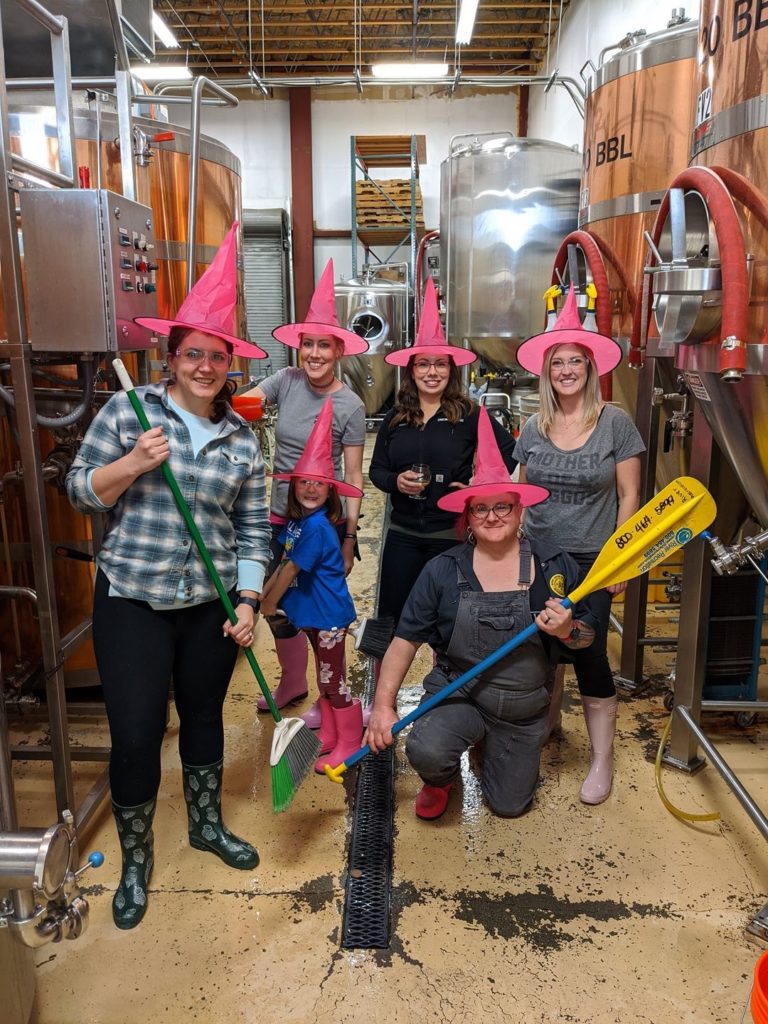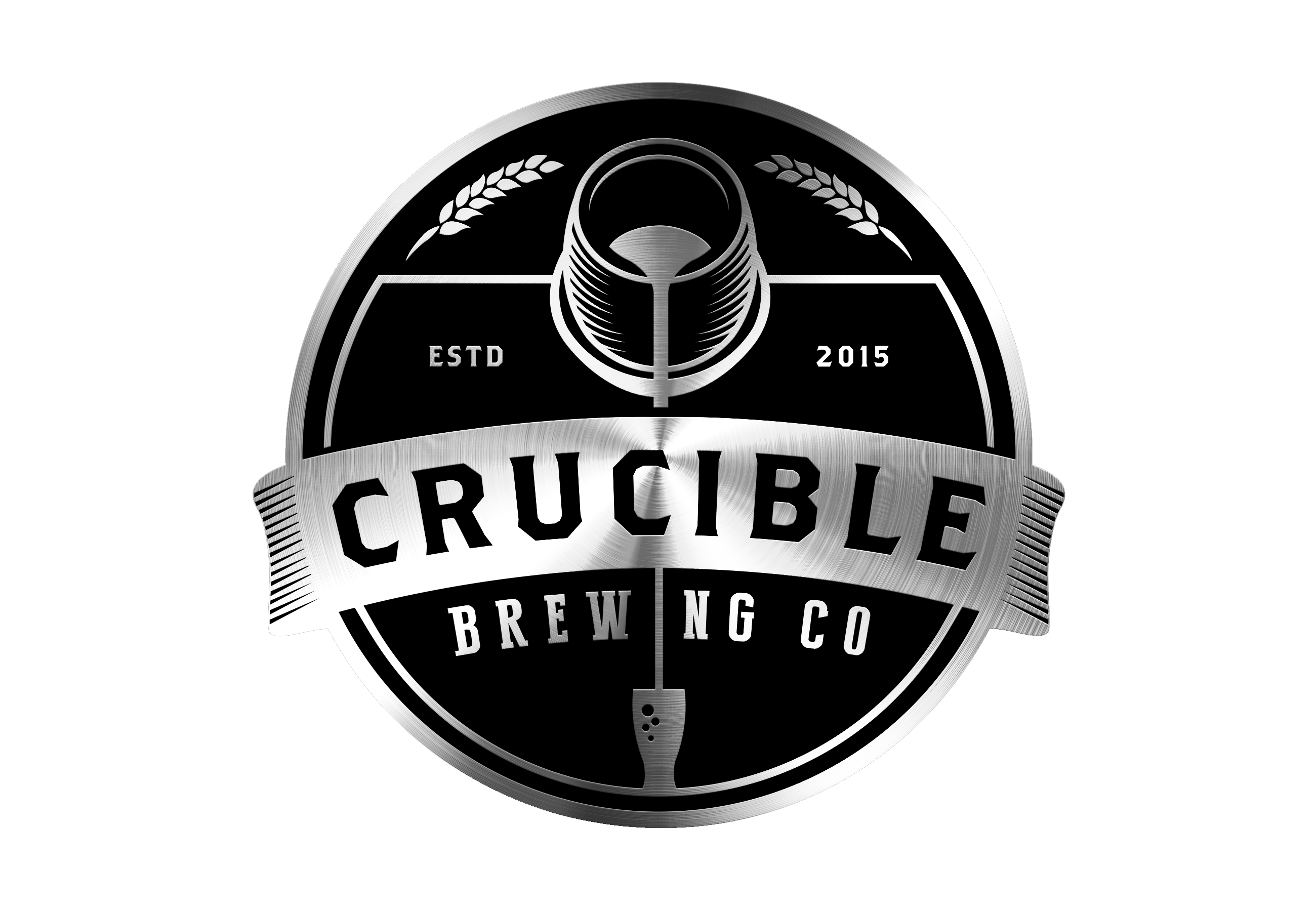Witches…the original brewsters?

Bubbling cauldron, pointed black hat, broomstick, cat – these images are often associated with witches – but did you know that what we think of the modern-day witch is really the original beer brewster (female brewer)?
To explain, let’s go back in time. Beer is one of the oldest beverages on the planet and brewing beer has traditionally been a women’s job, dating back nearly 10,000 years ago to the Babylonians and Sumerians. Based on our history’s division of labor based on gender it makes sense that as men were out hunting it was up to the women to collect the ingredients and brew drinks. Imagine brewing beer as a household chore! Men started becoming involved in the process a bit later around the time of the Roman Empire, but it generally continued being women’s work wherever beer was being brewed.
As men began taking over the business of brewing, this didn’t stop women from still having some role, particularly in nunneries. It was even a German nun, Hildegard of Bingen, who first recorded the use of hops in brewing and is unofficially considered the patron saint of beer. However, things would soon go from difficult to life-threatening for many women in brewing, as persecution against suspected witches began to rise in Europe.
So how did the brewster’s image become synonymous with our ideas of a witch? To modern eyes, a 16th-century beer brewer would bear a lot of similarities to what we think of as a witch today. Let’s begin with the hat. A brewster’s black pointed hat, which could be two feet tall, stood out on crowded streets, allowing for a certain level of recognition and advertising. It is believed that because of this simple marketing scheme, brewsters (by this time refered to as “alewifes” or “beer witch”) were able to sell their brews in the streets and at markets more easily. There, they stood at their cauldrons and sold their goods.
To promote sales, brewsters would often place a broom in front of their home or tavern to announce when a brew was ready. Other symbols, including six-sided stars (transitioned to pentagrams, anyone?) indicated the purity of their beer as in the plagues of the middle ages were a constant concern. The six points of the star are said to symbolize the most important parts of brewing: hops, grain, malt, yeast, water, and the brewster. Lastly, out of necessity, cats would be kept in the brewhouses to protect the grains from mice.
As the production of beer would require extensive knowledge of how herbs and plants could mix well together to provide nourishment and healing to the drinker, it wouldn’t be difficult to confuse the skilled local alewife with a witch without malice.
As witchcraft trials became abundant across Europe, traits were borrowed from the alewives and used to make other innocent women appear guilty of casting evil spells on their neighbors. This propaganda campaign against brewsters even turned customers away by persuading the locals (ahem, men) that these women were using spells to trick people into buying their beer and drinking too much.
It wasn’t long before breweries were monopolized by men. Although women are slowly getting back into the brewing industry, it’s still mostly a boy’s club. In fact, a quarter of craft beer drinkers are women and less than a third of people working in the beer industry are women.
So this Halloween, let’s raise a beer to the women that helped revolutionize beer! Cheer, witches!
